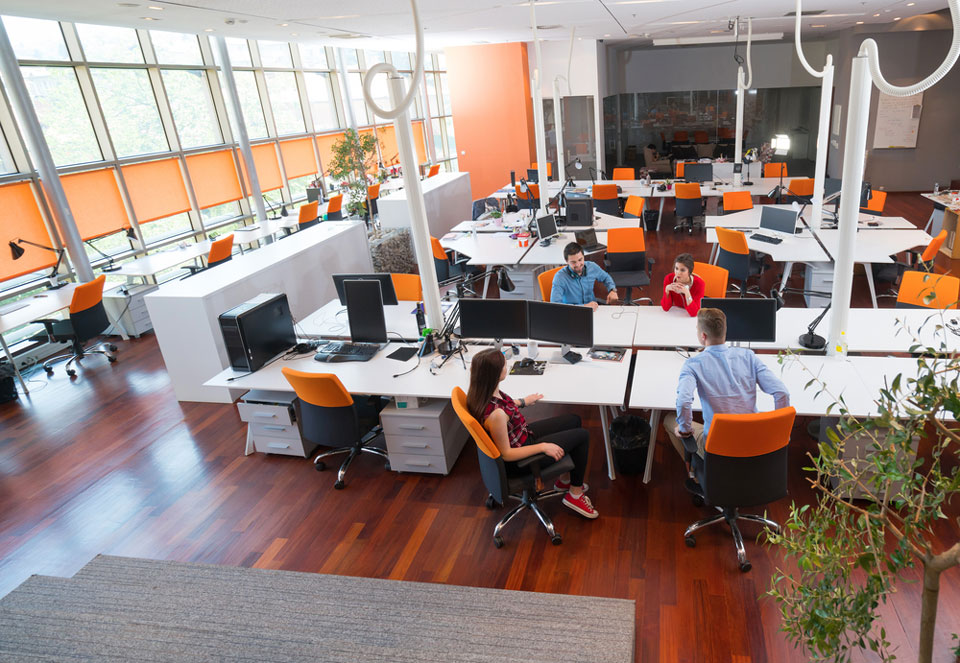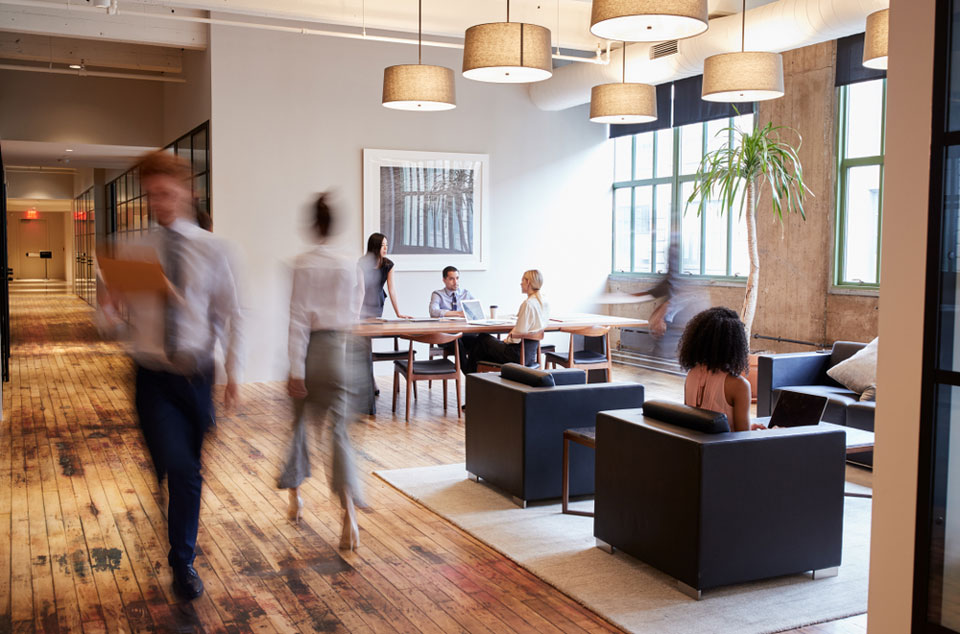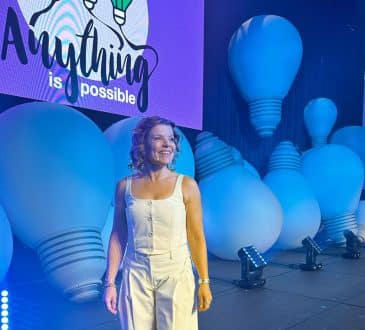3 Powerful Life Hacks That Help To Create Public Spaces

The majority of modern public spaces have become comfortable and pretty to look at. However, making them human-centered often requires outside-the-box approaches. About what they are and how they can be used, we will tell in this article.
The most striking trends in the creation of coworking and coliving spaces are functionality, a common design, and a tendency towards environmental friendliness. At the same time, such space requirements create new challenges for developers, architects, designers, and artists.
For creators of flexible spaces, two factors are most often important: location and design minimalism. But neither the convenient location nor the absence of distractions make coworking spaces a “second home” for visitors.
Colored walls or neat interiors also give the spaces a tidy look, but at the same time, they don’t create a wow effect for visitors or form an emotional bond to the place.
The environmental friendliness of the project is also up in the air: “green” projects require an additional understanding of the supporting infrastructure. Moreover, such an emphasis on ecology may simply not smoothly integrate into the context of coworking or coliving.
So what are the out-of-the-box approaches that make public spaces more alive, add personalization to unified design, and follow the green movement?
#1. Color accents
According to a study made by HR company Future Workplace, access to natural light and a nice view from the window were more important for office workers when choosing an office than the presence of a coffee point, fitness centers, and corporate perks.
For example, a coworking space in Fort Lauderdale has picturesque views. But not all public spaces can afford this – especially those located in a metropolis.
To make the space more “human”, for example, rethinking the color scheme towards pastel tints will help: through their prism, even unnatural light becomes softer. If you don’t have the opportunity to repaint the walls once, then interior accents that contrast with the current color scheme will help to solve the problem for a while.
The trouble with “landscaping” can be solved by adding more shades of green to the interior, or by diluting it with flowers and plants – levitating or in pots. At the same time, the lack of obvious logic in the distribution of indoor plants and other accents in the interior will help to cope with the problem of design unification and create a sense of the space’s uniqueness.
#2. Playing with zones
Dull daily tasks, as well as familiar premises, begin to annoy. Try playing with zoning. Well, there is nothing new in the division of spaces into working and recreational ones. Now designers tend to minor division into functional rooms: for example, some people are more comfortable working in silence, while others are better concentrated in the thick of things – conversations and the sound of a coffee machine.
One of the solutions could be the emergence of modular smart offices that can fit into both the coffee shop space inside the coworking space and the coliving area, artificially increasing the working area and reducing the noise level.
Another way to modify space is to come up with a new center of gravity. In modern coworking spaces, strangers are most often united by exclusively functional objects – printers, dishwashers and washing machines, etc.
So, for example, at Disney Animation Studios, conference rooms in the center of the building were replaced by a coffee shop, thereby reducing the degree of formality of most business meetings and creating an extra field for casual acquaintances.
#3. Art objects and installations
Catchy art objects also become “spontaneous” places where people chat, but their task, in contrast to functional solutions, is not just to trigger conversations, but to encourage people to have a deep and abstract dialogue about everyday affairs.
Installations also help to work with problem areas. For example, the Moscow coworking center decided to transform the underground parking by adding pipes with bubbling illuminated water and plants levitating above the water. This helped to create a wow effect and a “cosmic” atmosphere, which is absolutely not typical for an exclusively functional area.
Have you read?
7 Instagram Marketing Mistakes Every Budding Business Should Avoid.
Bruce Strebinger Explains Luxury Home Construction Trends in Canada’s Real Estate Market.
Steven Odzer Looks at the Importance of Great Customer Service.
14 Questions to Supercharge Your People’s Performance by Using the New Science of Coaching by Dr. Jon Finn.
Fun, in Many Forms: Platinum Leaders Cultivate an Enjoyable Environment by Jackie Insinger.
Add CEOWORLD magazine to your Google News feed.
Follow CEOWORLD magazine headlines on: Google News, LinkedIn, Twitter, and Facebook.
This report/news/ranking/statistics has been prepared only for general guidance on matters of interest and does not constitute professional advice. You should not act upon the information contained in this publication without obtaining specific professional advice. No representation or warranty (express or implied) is given as to the accuracy or completeness of the information contained in this publication, and, to the extent permitted by law, CEOWORLD magazine does not accept or assume any liability, responsibility or duty of care for any consequences of you or anyone else acting, or refraining to act, in reliance on the information contained in this publication or for any decision based on it.
Copyright 2024 The CEOWORLD magazine. All rights reserved. This material (and any extract from it) must not be copied, redistributed or placed on any website, without CEOWORLD magazine' prior written consent. For media queries, please contact: info@ceoworld.biz
SUBSCRIBE NEWSLETTER









